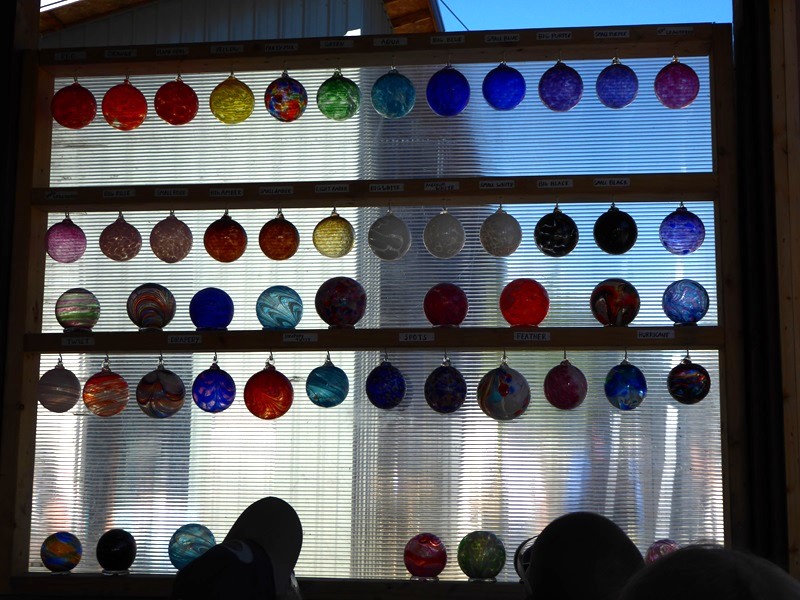Maasai Village Visit (Kenya)
When in Kenya, you can choose to go to a Maasai Village. There is an entry fee, but you get a display of Maasai song and dance, a tour of the village, entry into a local’s home, and the opportunity to buy the crafts made by the village. Normally Maasai do not encourage photography, but when you visit this way photos are encouraged. In the village we visited, 70% of the money spent by tourists is used to further the education of the children living in the village, so while this feels exploitative, the money is going to a good cause and does help the villages a lot.
When you arrive for your tour, you get a short cultural introduction where the tribal men and women will sing and dance. You will likely hear the women’s welcome song as well as see men perform the jumping test and the celebration for making a lion kill.


You’ll notice a lot of red clothing. The red color deters some animals and makes it easier to find people on the plains.


Then you will be invited into a home to see the mud wall construction, and the kitchen and sleeping areas. Each home has several very small rooms and is made of ashes, soil, and branches, with grass growing on top. Every few years the village moves and the women remake all the buildings. About 350 people live in the village we visited.
As a male Maasai, your first wife was traditionally chosen for you. After that you could pick the wives you were interested in. Historically, 10 cows was the price for a bride. Other traditions are changing as well. The Maasai used to stretch out their ear holes, but no longer do. Some of the older men still have long ears. They do still continue to remove a bottom tooth so that if you get sick they can feed you through the gap if needed.

Keeping the tally of offers on “Maasai chalkboard” 
Assorted beadwork and carvings for sale 
My shopping assistant’s “store”
After seeing the village, you will be assigned a personal shopper who will escort you around the shopping area and hold anything you are interested in. In the end, you will bargain for what you wanted collectively. 70% of what you pay goes towards education and 30% goes to the person who made the item. I didn’t mind paying a little extra here for the cute bowls and keychains (soon-to-be ornaments) that I bought.



The money you pay for entry and purchases mostly goes to education







